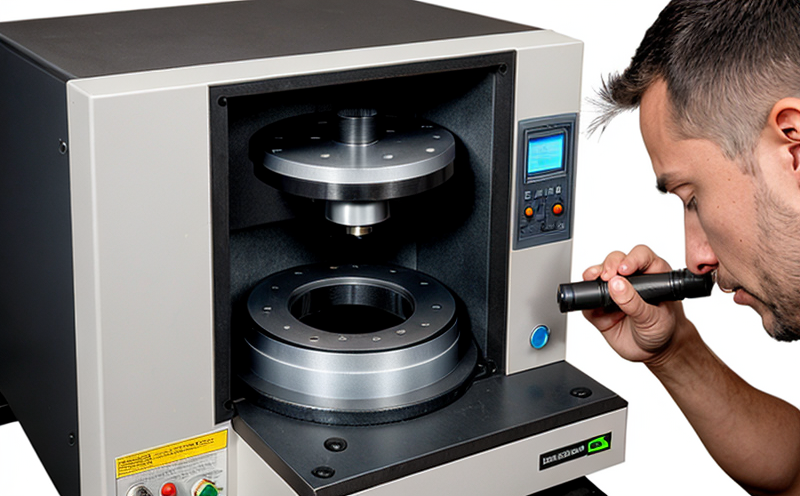ASTM E45 Inclusion Content of Steel by Metallography
The ASTM E45 standard provides a comprehensive method to quantitatively determine the inclusion content in steel. This service is particularly critical for quality managers, compliance officers, R&D engineers, and procurement personnel involved in the manufacturing and supply chain processes of high-quality steels.
Steel inclusions can significantly influence material properties such as strength, ductility, fatigue life, and toughness. Inclusion content testing ensures that the steel meets the required specifications by identifying and quantifying various types of inclusions present in the microstructure. These include oxide, sulfide, silicate, and nitrate inclusions.
The ASTM E45 method involves preparing a polished sample using mechanical grinding followed by a series of etching techniques to enhance contrast and visibility of the inclusions. The prepared samples are examined under a polarized optical microscope at various magnifications to identify different types of inclusions. A calibrated grid is then used to count and measure these inclusions, allowing for accurate quantification.
The accuracy and precision of this method depend on several factors including sample preparation, etching conditions, and the skill level of the operator. Therefore, it is essential that the laboratory performing this test adheres strictly to ASTM E45 guidelines and uses high-quality equipment such as advanced optical microscopes with polarized light capabilities.
The results from ASTM E45 inclusions testing are crucial for several reasons:
- It helps manufacturers ensure that their products comply with industry standards and customer requirements.
- Promotes consistency across production batches, enhancing product reliability.
- Identifies potential issues early on during the manufacturing process, enabling corrective actions to be taken promptly.
- Aids in research and development efforts aimed at improving steel quality by understanding how different processing conditions affect inclusion formation.
The ASTM E45 method is widely accepted within both national and international standards organizations. Its reliability has been validated through numerous applications across various industries, making it a preferred choice for quality assurance programs worldwide.
| Standard | Description |
|---|---|
| ASTM E45 | Method for Determining Inclusion Content in Steel by Metallography |
| ISO 16789-3 | Steel products – Metallographic and microstructural examination – Part 3: Evaluation of inclusion content |
| EN ISO 25044-4 | Steel products – Metallographic and microstructural examination – Part 4: Determination of inclusion content by quantitative metallography |
| IEC 61987-3 | Electrical apparatus and equipment for use in association with electric power generation, transformation or transmission systems – Part 3: General requirements for electrical insulation – Determination of total free carbon content by metallographic examination |
The application of ASTM E45 goes beyond just ensuring compliance; it also plays a vital role in advancing the technology and understanding behind steel manufacturing. By continuously improving testing methodologies, researchers can explore new ways to minimize unwanted inclusions while maximizing beneficial ones.
In conclusion, ASTME45 inclusion content testing by metallography is an indispensable tool for maintaining high standards of quality control in the production of steel products. It ensures that every batch produced meets stringent requirements set forth by relevant international standards organizations like ASTM, ISO, and EN. This service not only guarantees product reliability but also contributes to ongoing advancements in material science.





